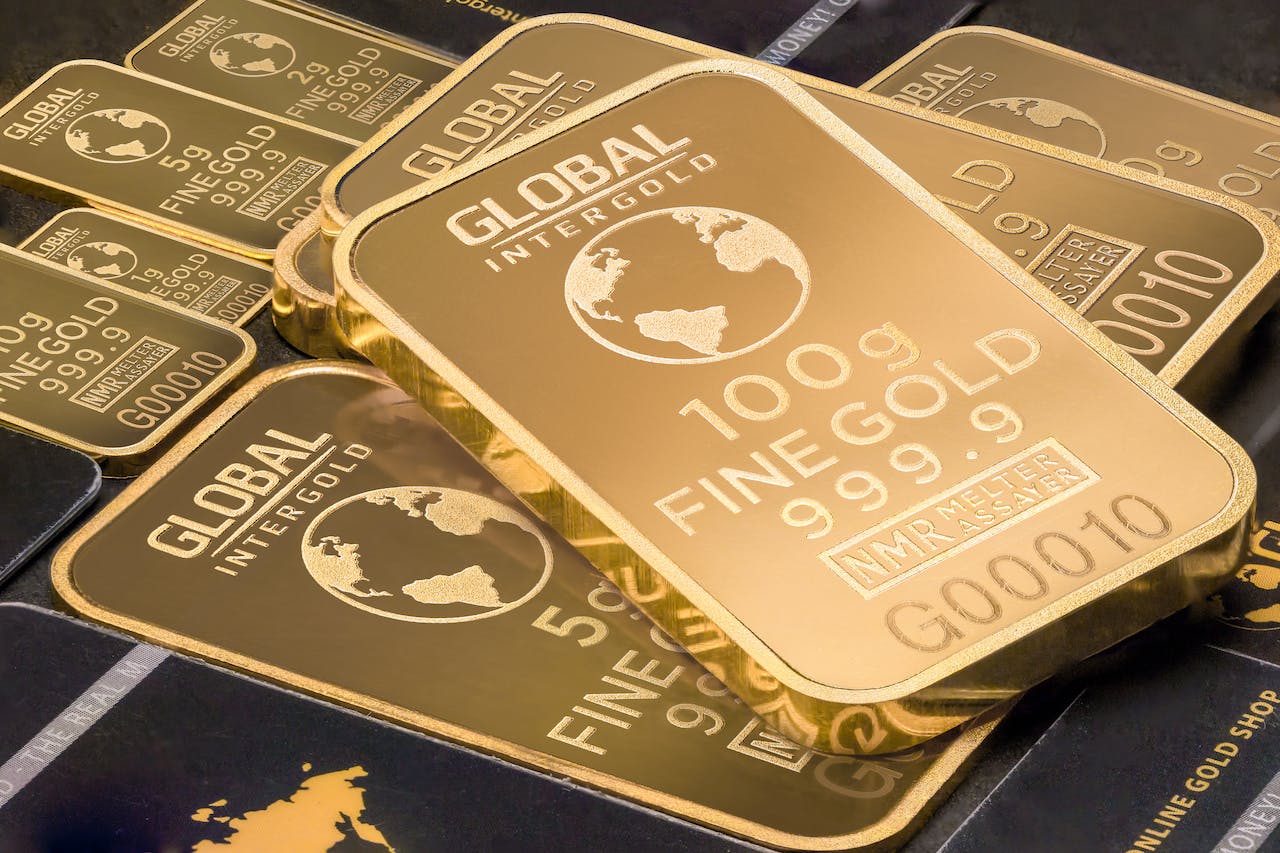Gold prices experienced a slight retreat on Thursday, relinquishing earlier gains that had propelled the precious metal to a more than three-week high. The dip in gold prices was attributed to a strengthening US dollar and rising Treasury yields, offsetting the support garnered from expectations of Federal Reserve rate cuts early in the coming year.
By 2:20 p.m. ET (1920 GMT), spot gold had slipped by 0.4% to $2,069.79 per ounce. This followed a brief ascent to $2,088.29, marking the highest point since December 4, when gold achieved its all-time peak. Simultaneously, U.S. gold futures experienced a 0.5% decline, settling at $2,083.50.
The subdued trading environment, characterized by low volume across various markets, was noted by Chris Gaffney, President of World Markets at EverBank. Gaffney emphasized, “There’s not a lot of trading volume right now in any of the markets, so that usually causes smaller moves, especially when we’re approaching a big number like an all-time high.” He attributed the fluctuating gold prices to interest rate expectations and a weaker dollar.
The dollar index saw a 0.3% uptick after reaching a five-month low, and 10-year bond yields rose from their July lows. The increase in US jobless claims further indicated a cooling labor market in the final quarter of the year.
Investors, gauging an 88% likelihood of a Fed rate cut in March according to the CME FedWatch tool, played a significant role in the market dynamics. Lower interest rates reduce the opportunity cost of holding gold, contributing to its appeal as an investment.
UBS analyst Giovanni Staunovo expressed a positive outlook for gold prices over the next year, anticipating higher values due to weaker economic data and lower inflation prompting the Fed to implement rate cuts.
On the physical front, China’s net gold imports via Hong Kong saw a notable increase of approximately 37% in November compared to the previous month.
While gold experienced a minor setback, other precious metals demonstrated varied movements. Spot silver observed a 1% decline, reaching $24.01 per ounce. Platinum, however, gained 0.6% and reached $1,002.50, achieving its highest level since June. In contrast, palladium faced a 2% drop, settling at $1,129.70. Both platinum and palladium, designated autocatalytic metals, were poised to record yearly declines.
Source: Reuters



